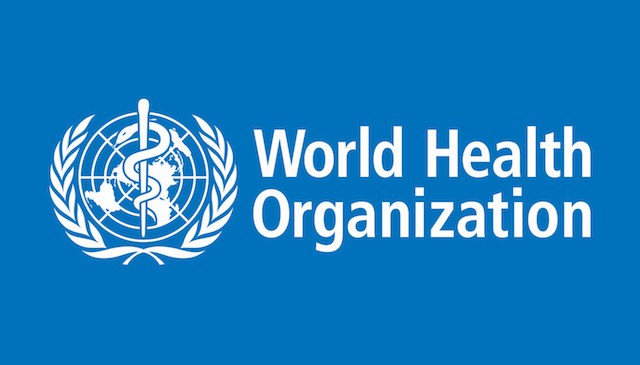It said: “In high-income countries, there is a well-established link between suicide and mental health issues such as depression and alcohol use disorders.
“But many suicides take place on an impulse during moments of crisis.” The UN health agencies estimated that a person dies every 40 seconds by suicide and up to 25 times as many make a suicide attempt. To help communities to prevent suicides, WHO and the Mental Health Commission of Canada released a toolkit.
The toolkit outlined ways to prevent this serious public health problem, one of which is knowledge of the most commonly used methods and restrictions of access to these methods. Other examples included policies to limit alcohol and drug abuse, effective mental health care, and follow-up care for attempted suicide cases.
It estimated that the method used for 20 percent of global suicides was pesticide self-poisoning, most of which occurred in rural agricultural areas in low- and middle-income countries. WHO explained that as well as the health sector, many sectors of society needed to be involved in preventing suicide, including education, labour, agriculture and the media.
According to WHO, “these actors all need to work together if they are to have an impact on this complex issue.
“People commit suicide at all times of their lives, and each one is a tragedy that affects families, communities and entire countries, and leaves behind long-lasting effects.” In many countries, suicide remained a taboo subject, WHO said, adding that this could prevent those who had attempted suicide from getting help.
To date, only a few countries have included suicide prevention among their health priorities and only 38 countries have a national suicide prevention strategy, WHO said.
World Suicide Prevention Day is an awareness day observed on Sept. 10 every year to provide worldwide commitment and action to prevent suicides with various activities around the world since 2003.
Source: Vanguard

 The World Health Organisation, WHO said no fewer than 800,000 people commit suicide annually, the second leading cause of death among people between the ages of 15 and 29 in 2016.
The World Health Organisation, WHO said no fewer than 800,000 people commit suicide annually, the second leading cause of death among people between the ages of 15 and 29 in 2016.




